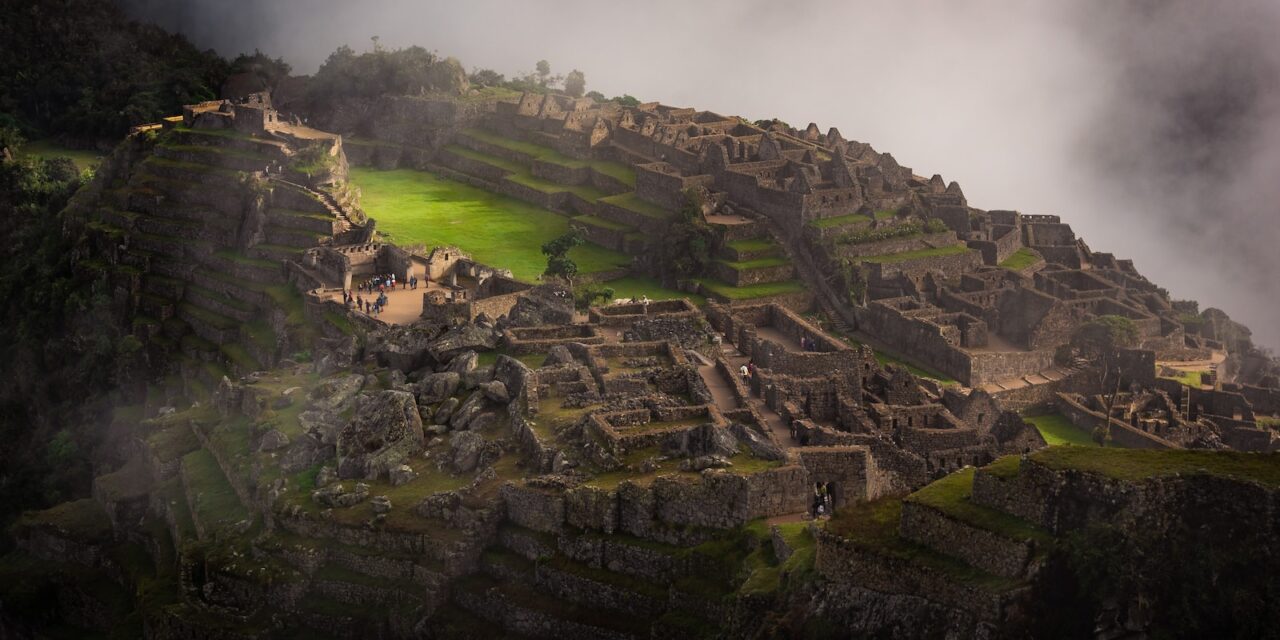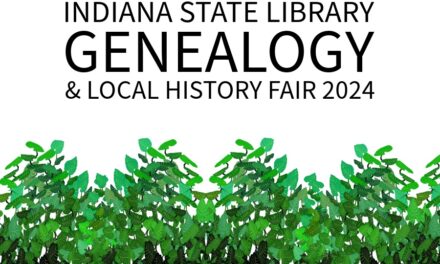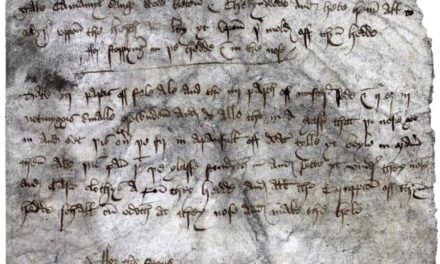In a study recently published in Science Advances, researchers have utilized ancient DNA to shed light on the origins of workers buried more than five centuries ago within the Inca Empire, specifically at the iconic site of Machu Picchu.
Jason Nesbitt, an associate professor of archaeology at Tulane University School of Liberal Arts, spearheaded the research, which involved conducting genetic testing on individuals interred at Machu Picchu. The goal was to gain deeper insights into the lives and identities of the inhabitants who once called this UNESCO World Heritage Site in the Cusco region of Peru their home. Machu Picchu, known as a royal estate for the Inca Empire, also housed elite members of Inca society, as well as their attendants and workers, many of whom lived within the estate year-round.
The study’s findings have overturned previous assumptions, thanks to the compelling DNA evidence, which has conclusively confirmed the diverse backgrounds of these ancient residents. Nesbitt emphasized that the discoveries provide crucial insights into the lives of the “retainer population” and offer a unique window into the world of lower-status individuals, rather than solely focusing on elites and royalty.
The methodology employed in the DNA analysis mirrors that of contemporary genetic ancestry kits. By comparing the DNA of 34 individuals buried at Machu Picchu with that of people from various regions within the Inca Empire and some modern genomes from South America, the researchers aimed to ascertain the level of genetic relatedness among them.
The remarkable results of the DNA analysis unveiled that these individuals originated from different parts of the vast Inca Empire, with some even hailing from as far as Amazonia. Of particular interest was the revelation that there was minimal shared DNA among them, indicating that they were brought to Machu Picchu as individuals rather than as part of familial or community groups. This exciting finding provides valuable insights into the diverse origins of the people who once inhabited this extraordinary site.
Jason Nesbitt emphasizes,
Now, of course, genetics doesn’t translate into ethnicity or anything like that, but that shows that they have distinct origins within different parts of the Inca Empire. The study does really reinforce a lot of other types of research that have been done at Machu Picchu and other Inca sites.
Jason Nesbitt, Professor of Archaeology
The DNA analysis not only aligns with historical documentation but also complements the findings of previous archaeological studies of the artifacts associated with the burials. This interdisciplinary approach, combining traditional archaeological techniques with cutting-edge technologies and scientific analyses, contributes to a more complete and nuanced understanding of the discoveries made.
For family history and genealogy enthusiasts, this revelation holds tremendous significance. The newfound knowledge of the diverse origins of Machu Picchu’s inhabitants offers a fascinating opportunity for individuals to explore potential connections to this ancient civilization. As more DNA data becomes available and genealogy databases expand, descendants of individuals from various regions within the Inca Empire might find intriguing links to their ancestral past. This could potentially unveil hidden familial connections and open up exciting avenues for further exploration of their genealogical heritage.
Overall, the use of ancient DNA to uncover the diverse community within the Inca Empire, particularly at Machu Picchu, represents a remarkable leap forward in archaeological research. As scientists continue to delve into the past using this sophisticated technology, family history and genealogy enthusiasts around the world eagerly await the revelations that may offer glimpses into their own ancestral origins and connections to ancient civilizations.




